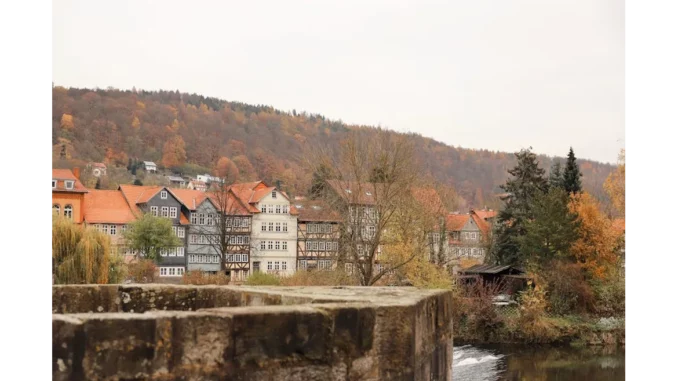
In a world dominated by towering skyscrapers and avant-garde architecture, the historical dwellings of Britain stand as remarkable testaments to the enduring craftsmanship of bygone eras. These ancient homes, some of which date back over 800 years, are not mere relics of the past but are vibrant examples of the effectiveness of traditional building techniques. They offer not just a window into history but also invaluable insights that could inform the practices of contemporary construction.
Successful low-energy building design hinges on careful planning. Focus360 Energy can help.
The remarkable longevity of these homes owes much to the materials and methods employed in their creation. Unlike many of today’s buildings, which are often constructed with an emphasis on speed and cost-effectiveness, these historic structures were painstakingly built with an emphasis on quality and resilience. Techniques such as timber framing, the use of lime mortar, and the meticulous carving of stone were prevalent, each playing a crucial role in the building’s ability to withstand the ravages of time and weather.
Catherine Storer, Director of Essential Site Skills, underscores the significance of these time-honoured methods: “Traditional techniques like lime mortar and timber framing have demonstrated their durability over centuries. They potentially hold the key to constructing more sustainable and enduring structures today.” As the construction industry grapples with the need for sustainable solutions amidst growing environmental concerns, there is a renewed interest in these age-old practices.
Britain’s architectural heritage is rich with examples that bear witness to the durability of traditional building methods. Saltford Manor House in Somerset, often considered the oldest continuously inhabited house in England, dates back to approximately 1148. Its Norman stonework and medieval features highlight the strength and longevity of traditional stone construction. Similarly, the Ancient Ram Inn in Gloucestershire, built in 1145, exemplifies the robust nature of medieval timber and stone techniques. This building, despite facing the elements for nearly a millennium, remains structurally sound. Other notable examples, such as the Jews House in Lincoln and the Tudor House in Southampton, provide further insights into the architectural advancements of their respective periods.
The stark contrast between the enduring nature of these historic homes and the frequent issues faced by modern constructions, such as material degradation and inflexibility, is telling. In an age where sustainability has become a pressing concern, there is a resurgence of interest in traditional building methods, particularly in restoration projects. As Storer elucidates, “By studying these historical homes, we’re learning that sustainability isn’t solely about new technologies. It’s also about blending the best of traditional techniques with modern innovations to create buildings that can withstand the test of time.”
As we look to the future, there is a growing acknowledgement among builders and homeowners alike of the need to draw inspiration from the past. Whether it is in the restoration of historic properties or the construction of new buildings, understanding and applying traditional methods could be crucial in achieving sustainable, long-lasting construction. These ancient homes not only enrich our cultural heritage but also impart vital lessons in durability and sustainability, lessons that are increasingly pertinent in the context of today’s construction challenges.
Reflecting on these historical gems, it becomes clear that while modern architecture often prioritises immediacy and cost, the principles of durability and quality embodied by these ancient structures offer a blueprint for the future. By merging the best of traditional craftsmanship with contemporary technological advancements, the construction industry has the potential to create buildings that are not only sustainable but also capable of standing the test of time, much like the venerable homes that continue to grace the British landscape.


Be the first to comment